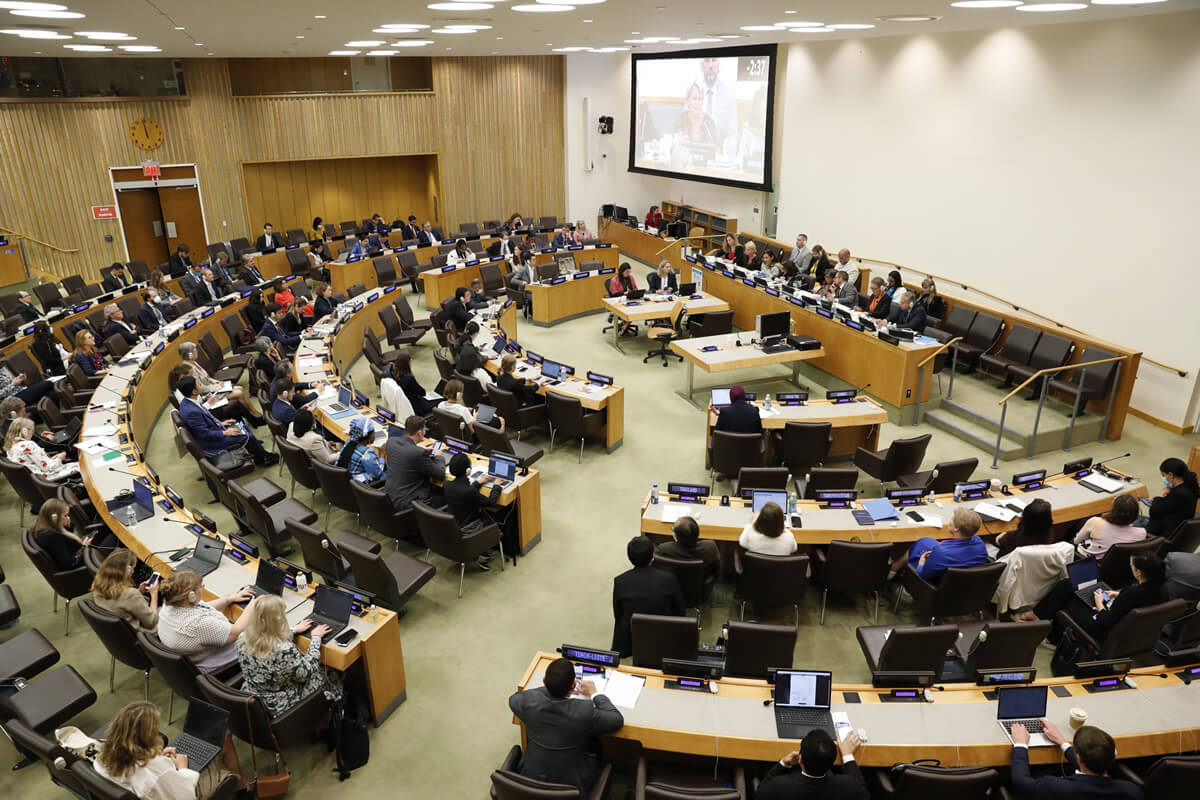Since 2014, Indian Prime Minister Narendra Modi’s popularity has grown exponentially – and so has the formidable organisational machine of his Bharatiya Janata Party (BJP). These two factors will be key to delivering the BJP a likely third consecutive victory in the Indian general election, starting today.
Author
Sofia Ammassari
Research Fellow, Griffith University
While much ink has been spilled on Modi’s populist leadership and personality cult, the same does not hold for the party organisation that he and his close ally, Amit Shah, have developed over the past decade. Yet, this has been crucial to the party’s electoral success. How?
As part of my research on members of right-wing populist parties, I’ve conducted interviews with dozens of BJP party members and officials. (They spoke to me on condition of anonymity, so are only represented by their first initial here).
What I’ve found is the BJP’s grassroots organisation fuels its dominance at the ballot box in four key ways: 1) campaigning; 2) diffusion of Hindu nationalist ideology; 3) implementation of welfare programs; and 4) party survival.
A well-oiled campaign machine
Maintaining a large membership-based organisation provides the BJP with a campaign machine that has no equal in India.
Since 2014, Shah, the former president of the party and current Home Affairs minister, has conducted regular mass recruitment campaigns to help the party become what is believed to be the largest in the world. It claims to have some 180 million members.
The focus of this organisation is on the polling booth. During election campaigns, BJP grassroots members are assigned a booth where they collect as much information as possible on voters and then try to persuade them to vote for the BJP.
S., a Marathi soap business owner active in the BJP’s women wing, described their campaigning to me like this:
Each booth has ten women, and each woman is allotted 15 houses where they roam around for about three days [before election day]. They check who is there, if anyone has passed away. They check how voting will happen. They compile data on that and, on election day, since they have already known each other for a few days, they check in with these people – see if they have voted, if they are getting out to vote.
No other political party, including the Congress Party which dominated Indian politics for decades, can rely on this type of large membership and tight organisation. The BJP is effectively engaging in micro-campaigning on a nationwide scale, and so gaining a significant advantage in mobilising voters.
Training members in Hindu nationalism
In addition, the BJP is the Indian party with the most well-defined ideological platform, which combines fervent Hindu nationalism with right-wing populism based on religious polarisation. Its grassroots organisation enables the BJP to socialise and train its members in this ideology.
My research on both BJP party voters and members shows how these people hold right-wing populist attitudes and worldviews that closely match the party’s platform.
In the case of grassroots members, these ideologies are ingrained through an extensive training network.
J., a doctor and BJP member from Surat (Gujarat), explained to me:
Once a year, for two to three days, there are experts on various subjects who come and train us. There are trainings for different things. The history of the BJP, the ideology of the BJP, the performance of the BJP.
S., a retired school principal, from the same city, said members are also taught “how to communicate with people – we should reach people’s hearts”.
This means that when they campaign in elections, BJP party members are adept at mobilising new followers based on the party’s ideological platform, which has been central to its success over the last decade.
Bringing welfare to the poor
Alongside Hindu nationalism, the expansion of welfare to hundreds of millions of low-income earners is another reason why Modi is so popular. He always makes sure to put the words “prime minister” before the names of welfare programs and print his face on handouts.
When it comes to welfare program implementation, however, it is BJP party members who do the heavy lifting. According to my interviews, this was the main activity of party members, whether in the form of cleaning the streets, distributing food or setting up bank accounts for the poor.
As P., a young consultant from Vadodara (Gujarat), told me:
Whenever there is any government scheme for the needy people, we go to them and make them aware. We try to be a bridge between the government and people.
This was the case, for example, of M., a Gujarati woman who helped set up self-help groups for women so that they could “stand on their own two feet”.
We teach them how to make wicks, to make sanitary pads, to make incense sticks.
These schemes are very popular among the Indian public. And evidence shows the beneficiaries were more likely to vote for the BJP in the 2019 general election.
Party survival is a priority
Finally, the extensive grassroots party organisation enables the BJP to thrive by providing a steady source of candidates, officials and leaders.
Members affirmed that the BJP, contrary to other parties, is meritocratic when it comes to the distribution of offices. As N., a Marathi car shop owner, explained:
The BJP is not dominated by one family. All workers are considered equal, and ordinary workers can get promoted to higher posts.
Indeed, my research on dynasticism among Indian parties found that in the 2019 election, just 17% of the candidates fielded by the BJP were from a political family (as opposed to 27% in the Congress Party).
Even though some BJP members did complain to me about candidates being “parachuted” in from other parties without having served their time, the BJP remains a party in which long-standing grassroots members can pursue a political career.
Maintaining a large membership also facilitates the BJP’s survival in the long run. In the words of P., the Gujarati consultant mentioned above:
Today the BJP is ruling because we have full-time workers. It’s one of the biggest strengths of the party. We have seen one Modi, but we have thousands of Modis.
![]()
Sofia Ammassari does not work for, consult, own shares in or receive funding from any company or organisation that would benefit from this article, and has disclosed no relevant affiliations beyond their academic appointment.







